
Culture
16:41, 12-Feb-2018
Portraits of Fortune: 88-year-old gives color to Spring Festival
CGTN
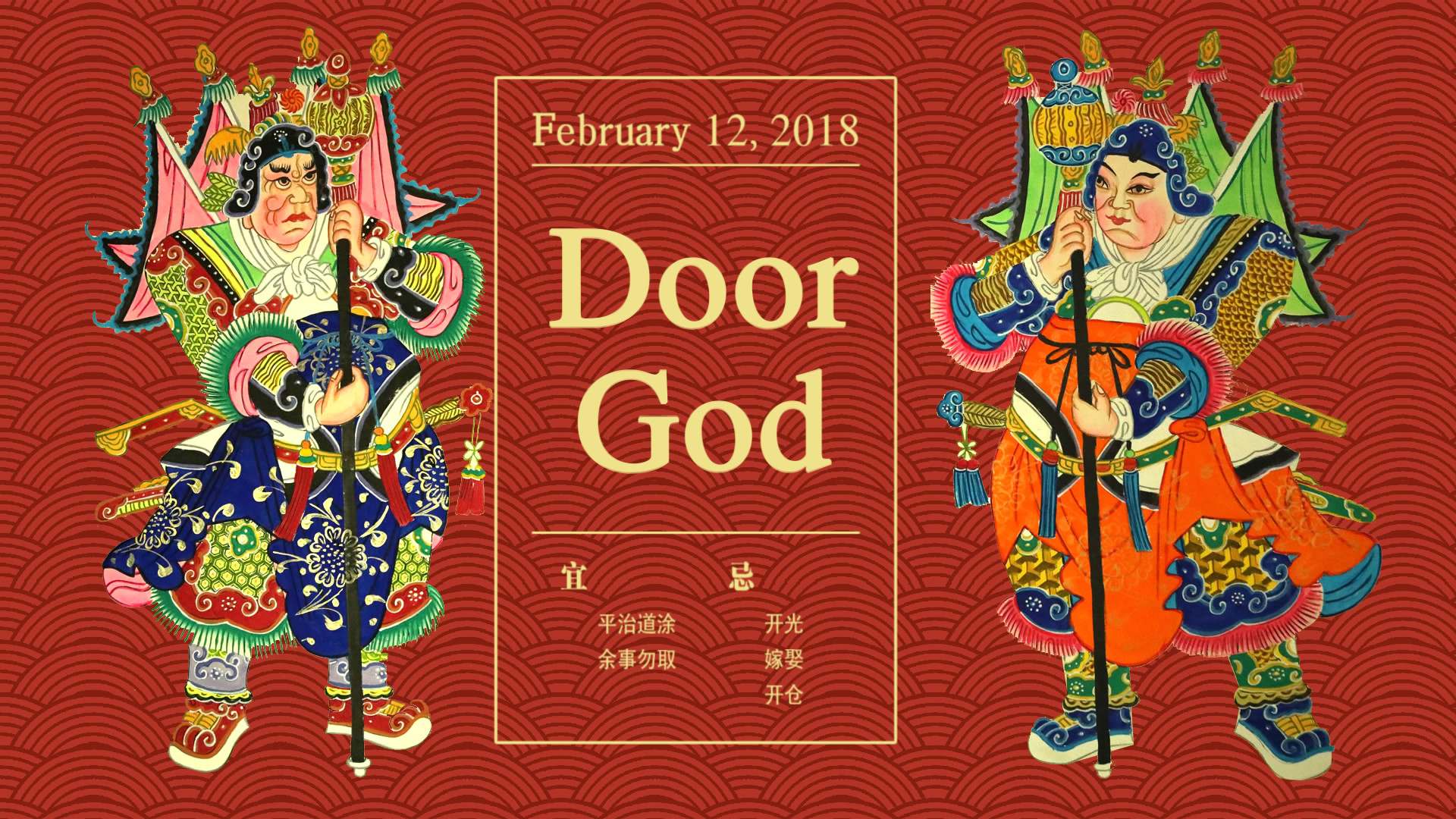
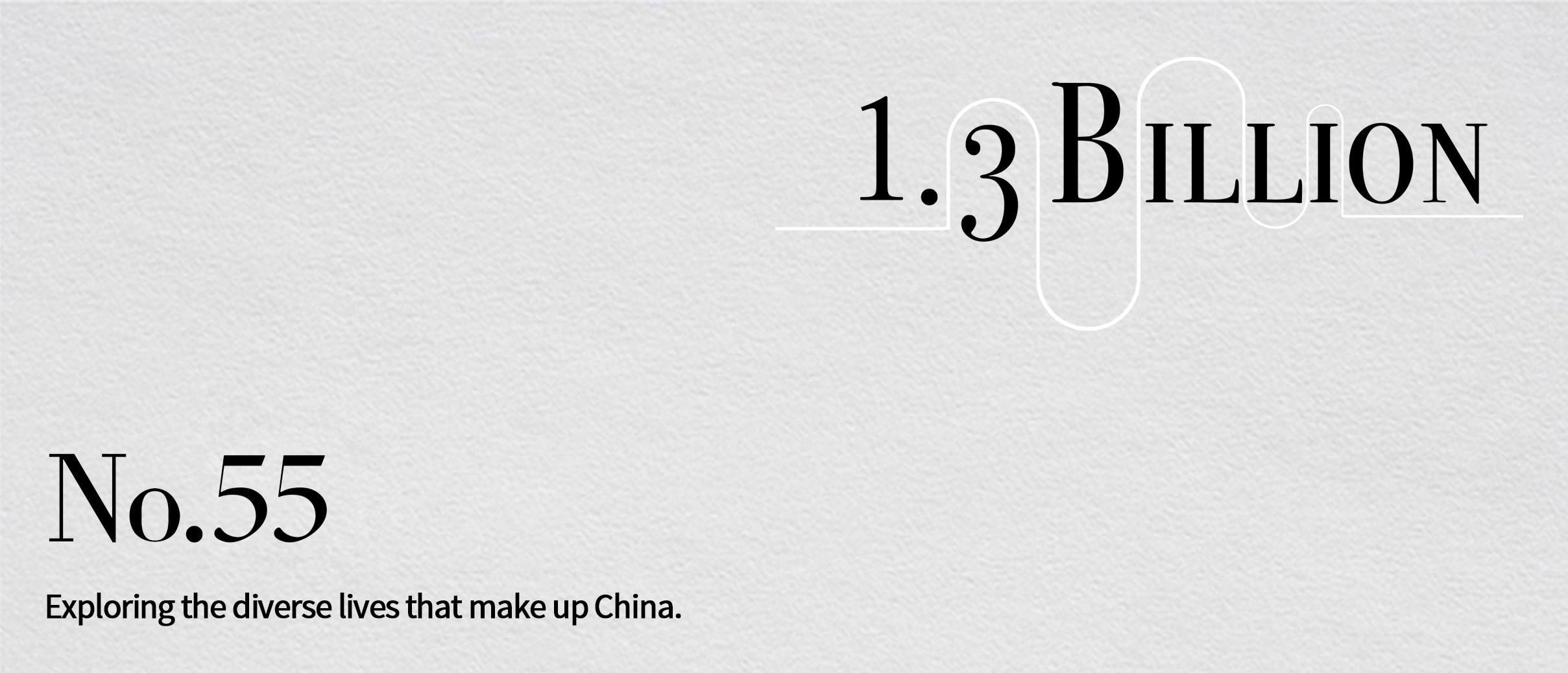
CGTN
CGTN
In Mianzhu, Sichuan Province, everybody is preparing for the Chinese Spring Festival. There is a happy spirit among the crowds everywhere.
Among them is Li Fangfu, who is 88 years old, and his family.
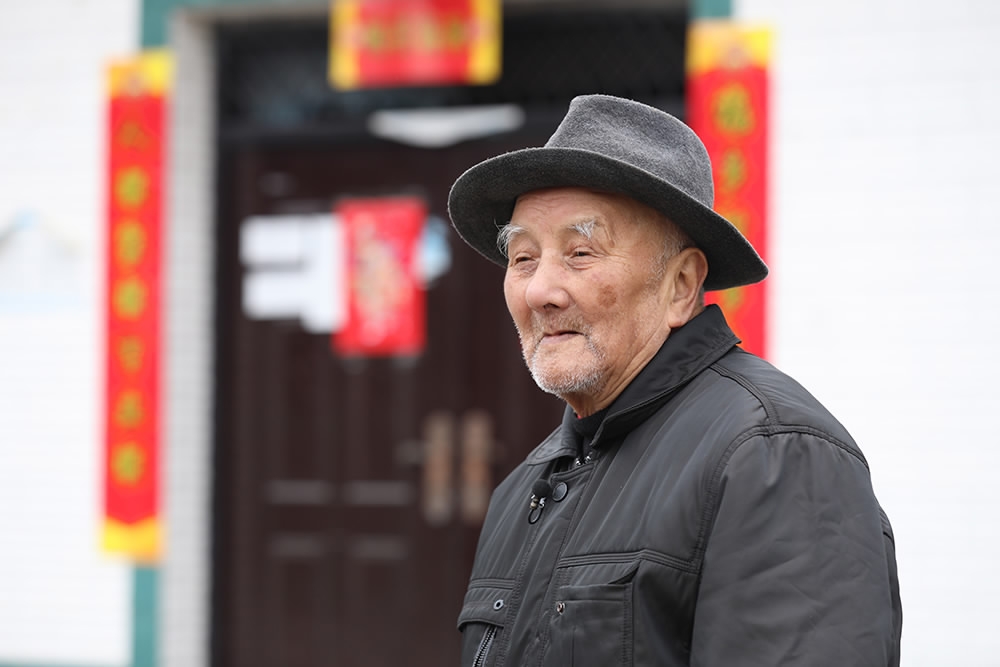
Li Fangfu, one of the successors of the new year paintings, national-level. /By CGTN
Li Fangfu, one of the successors of the new year paintings, national-level. /By CGTN
Under Chinese custom, shops present samples of lunar New Year goods – such as Spring Festival couplets, preserved pork and firecrackers – on the first day of November and begin selling on December 1.
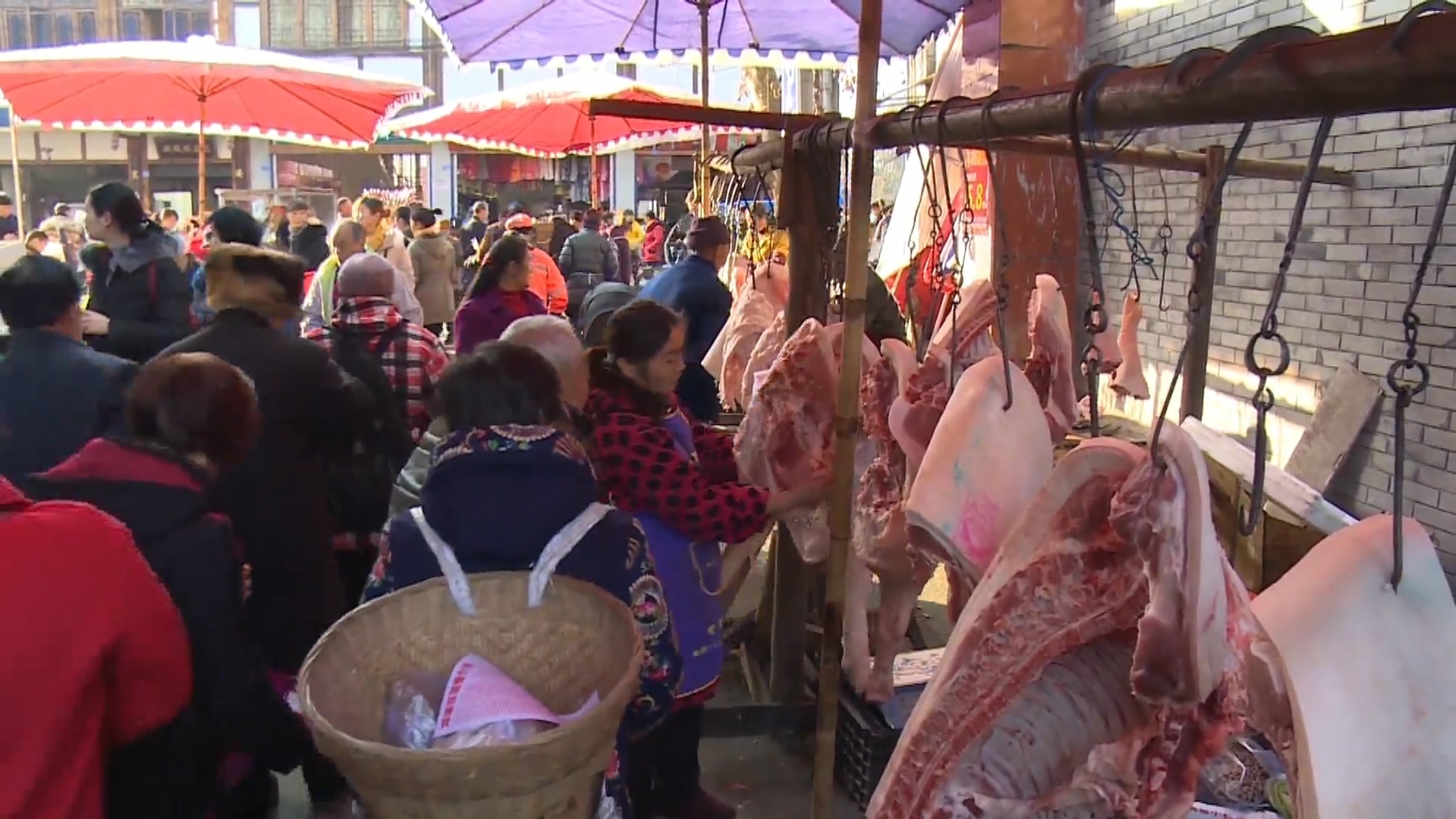
The market in Mianzhu city, Sichuan Province. /By CGTN
The market in Mianzhu city, Sichuan Province. /By CGTN
Li has something special to sell – the New Year Paintings.
These paintings are more than decorations. They actually evolved from the peach wood charms. Long time ago, people used to hang the charms on the door headers during festivals, as they believed that peach wood expels evil spirits. Wang Anshi, a poet of the Song Dynasty, wrote about this custom in one of his poems: "While the rising sun shines over every household, people would replace the old peach wood charm for a new one."
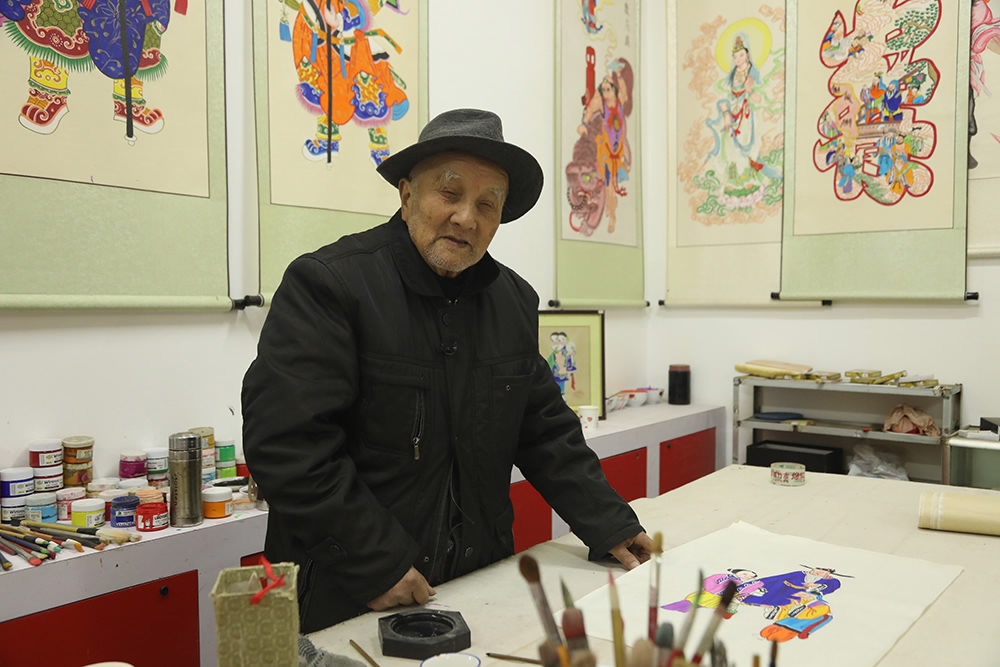
CGTN Photo
CGTN Photo
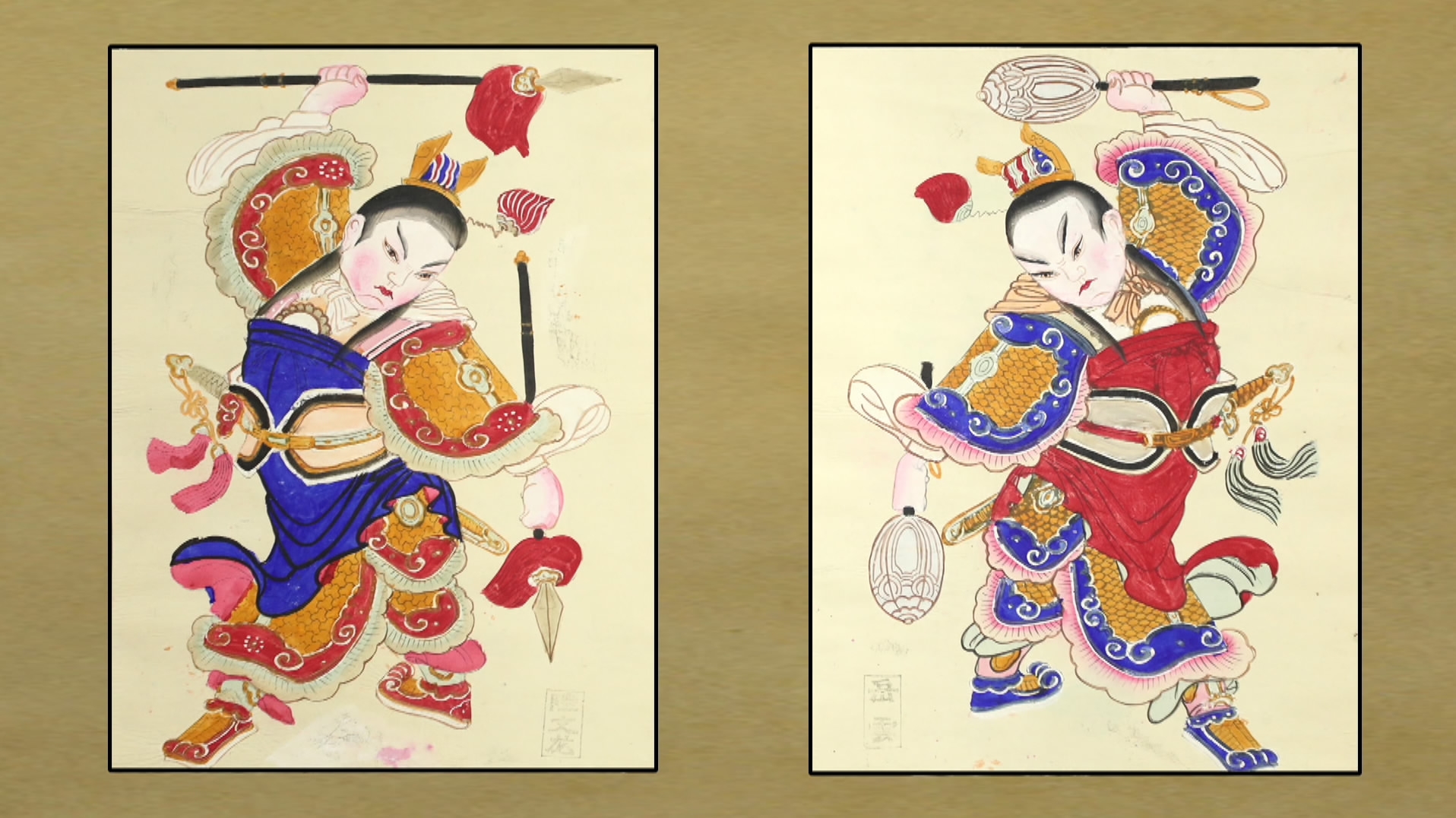
New year paintings that would be pinned on the door. /By CGTN
New year paintings that would be pinned on the door. /By CGTN

New year paintings that would be pinned on the door. /By CGTN
New year paintings that would be pinned on the door. /By CGTN
As the paper making industry evolves, the charms would be replaced by folkloric paintings of the Door Gods.
Li is the inheritor of the Northern school for the Mianzhu New Year Paintings. Since the age of 12, he has been painting for over 70 years. "Every household used to hang pictures of the Door Gods, for protection and celebration." he says.
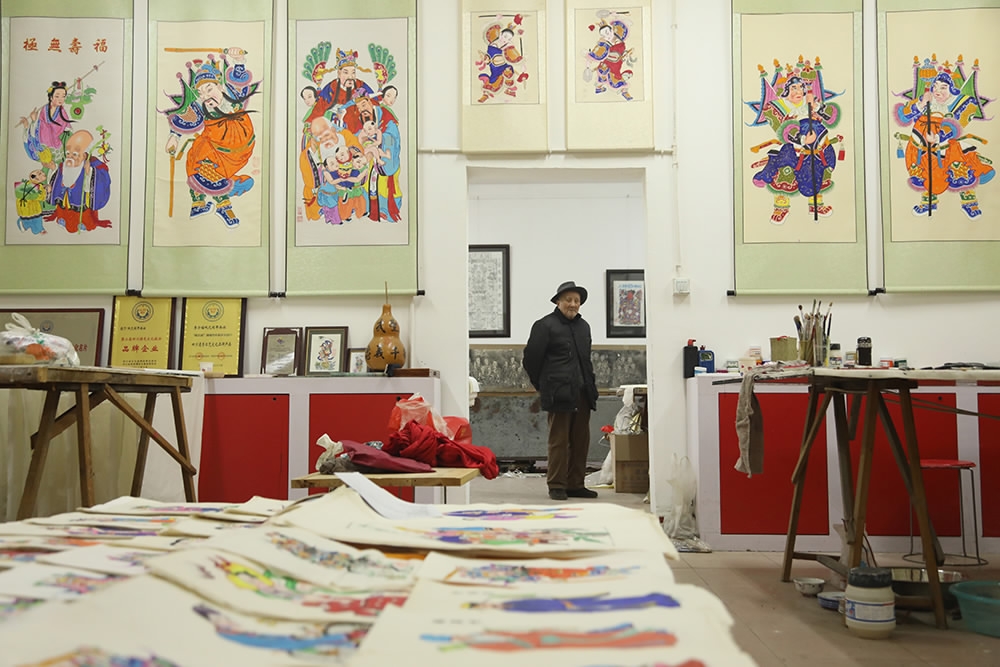
CGTN Photo
CGTN Photo
Qin Shubao and Yuchi Gong are the two most worshipped Door Gods in his paintings.
"The Emperor Xuanzong of Tang wrongly executed the Dragon King of the Jing River. When the spirit of the dragon sought revenge, the emperor had General Qin Shubao guarding the palace every day. Later, he used the portrait of General Qin instead. Qin and Yuchi then became the legendary Door Gods."
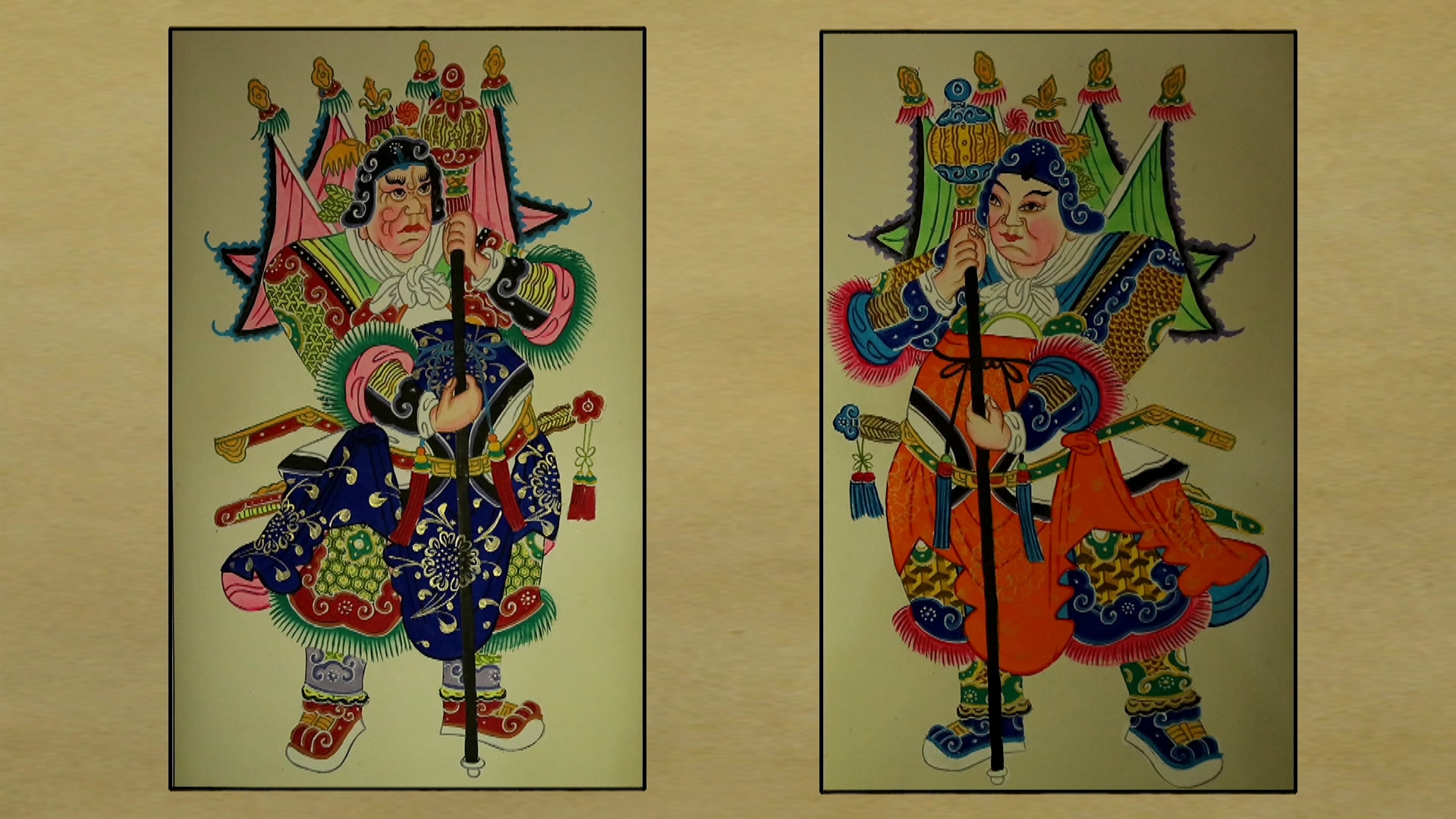
CGTN Photo
CGTN Photo
To make the Mianzhu painting, the first step is inking the engraved wood blocks and rubbing with bamboo papers. Some painters inherited precious wood blocks made in the dynasties of Ming and Qing. Although Li and other painters made innovations on the subjects and the forms, those traditional paintings are still the most popular ones.
Li is also a traditional person. He spent half a year designing colors for the classical figures of "Twenty-four Stories about Filial Piety." He is happy to tell the stories to young generations.
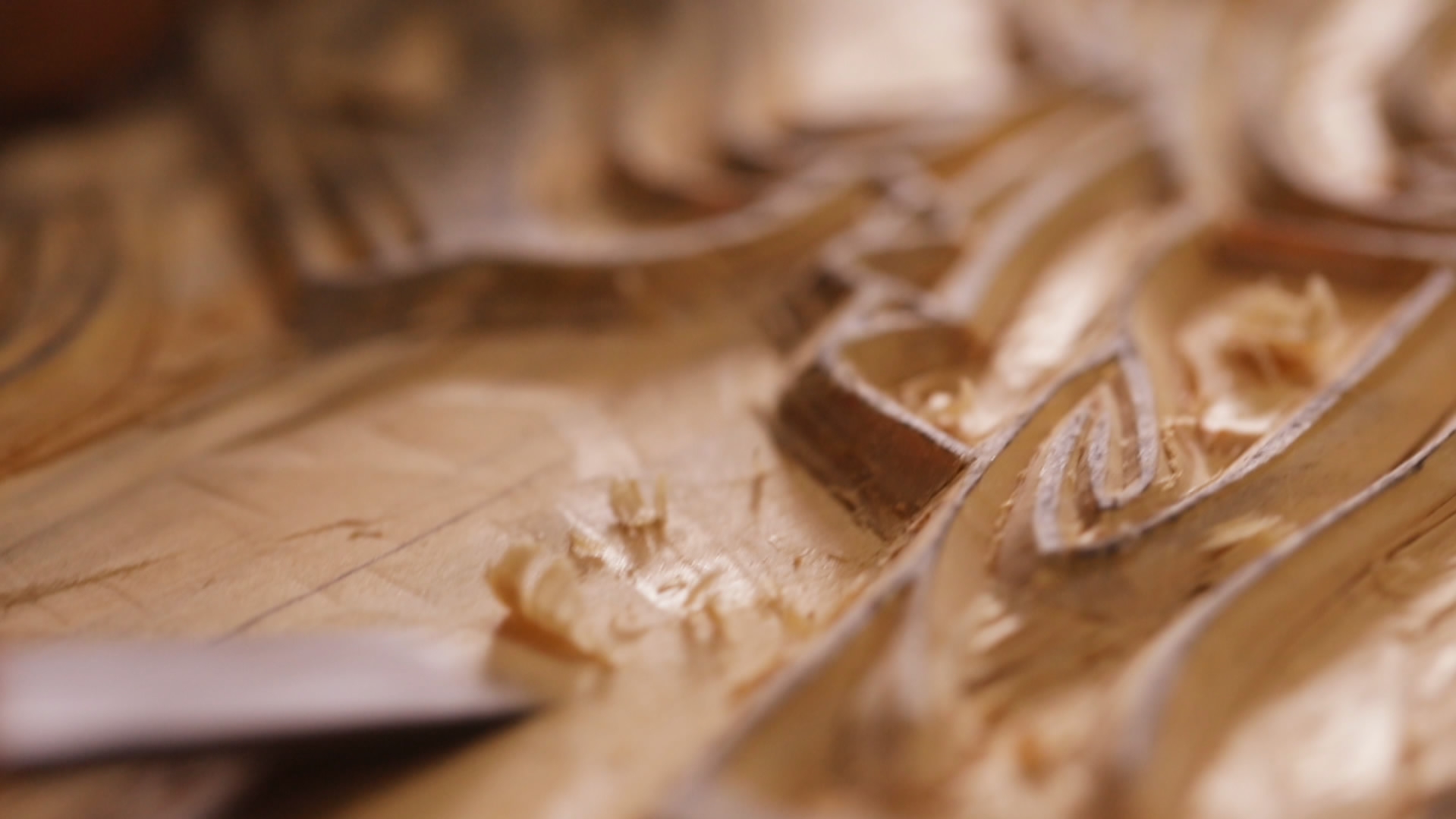
CGTN Photo
CGTN Photo
The next step is coloring. It reflects the styles and techniques of different painters.
"The craftsman's work style is engraved with his character. You could see through the painter from the colors he uses," Li says while painting. His northern style paintings show firm outlines and bright colors. Even for the noble ladies, he endows them with a vigorous female sense of Sichuan Province.
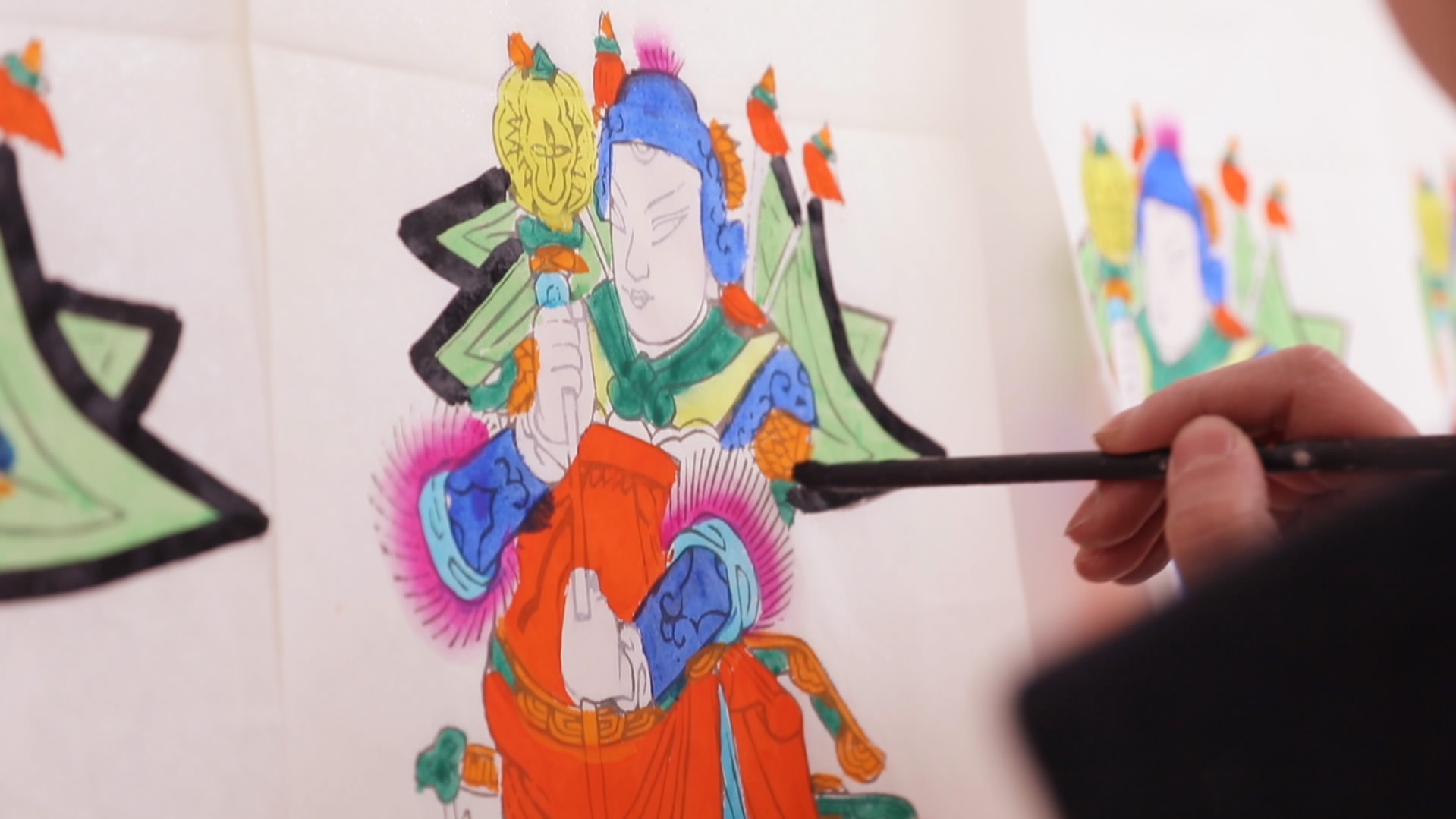
CGTN Photo
CGTN Photo
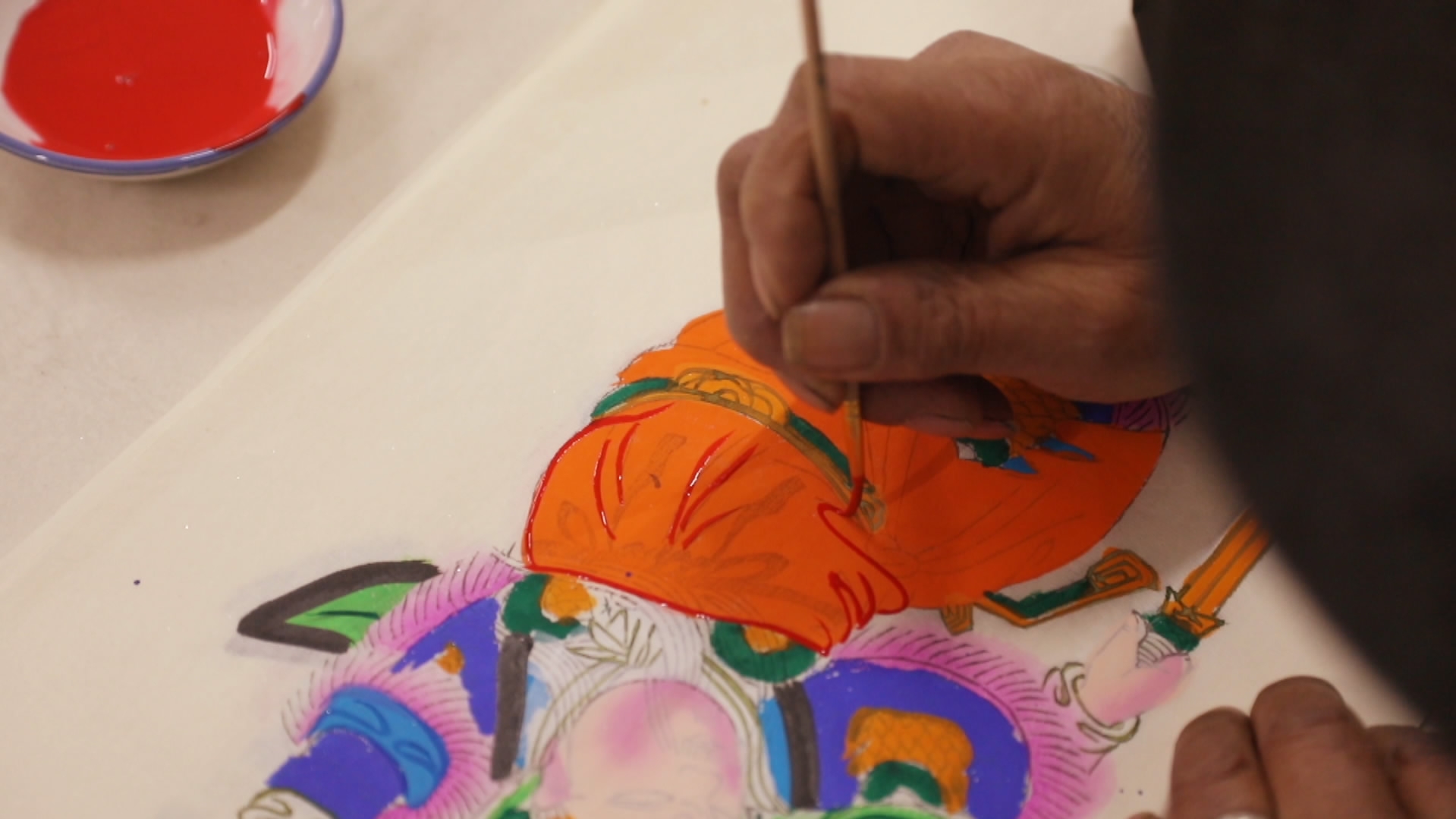
CGTN Photo
CGTN Photo
After coloring and outlining comes the faces of the figures, the finishing touches. "You should give everything for these few strokes," Li says. He usually paints in the early morning, getting up at 5 a.m. and painting until 7. Then he goes for a walk and then resumes painting until breakfast. "I'm energetic in the morning. I could put all my attention on the tip of my brush."
For Li, painting is a way of life. "People who seek comfort never make good paintings."
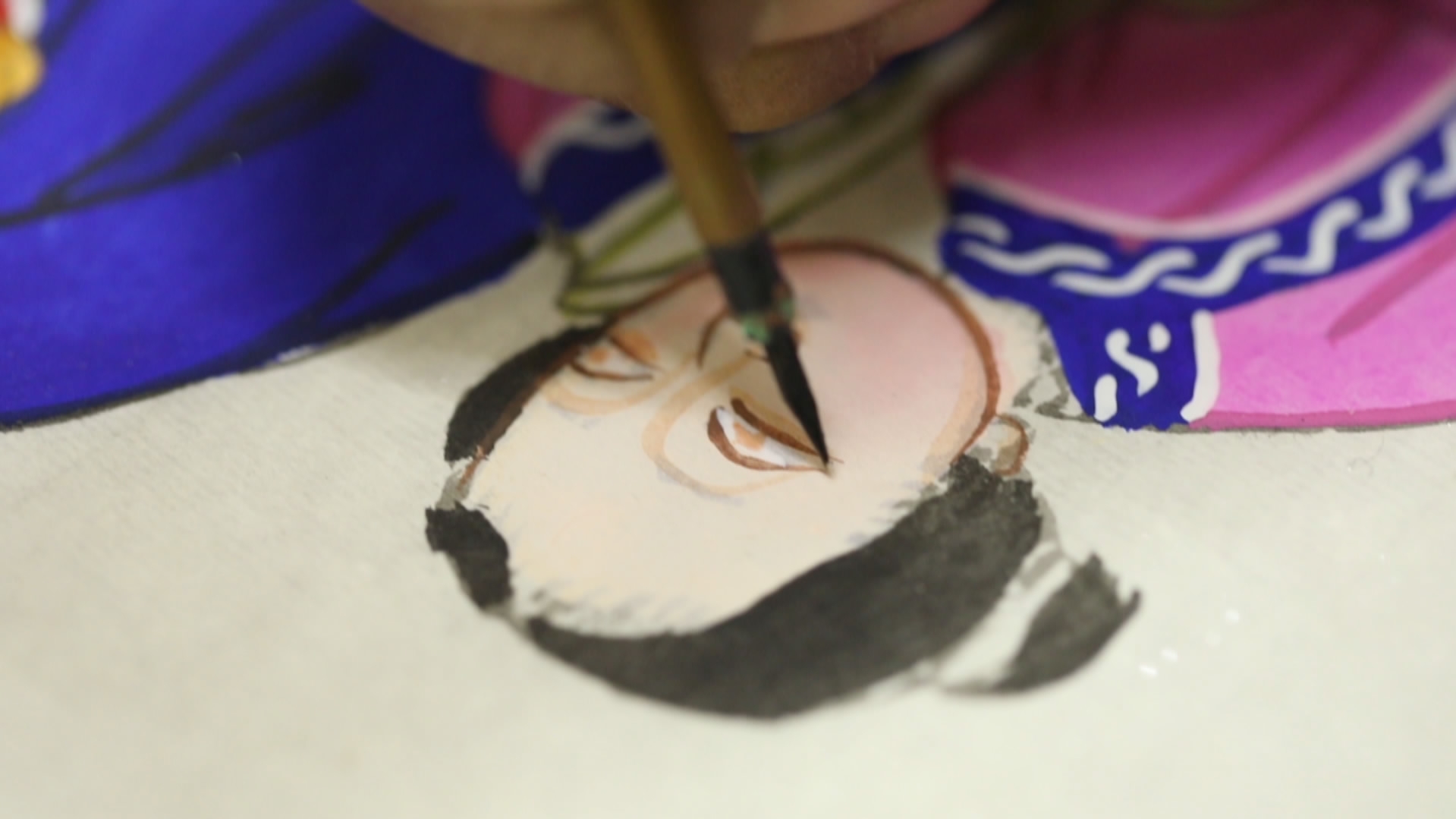
CGTN Photo
CGTN Photo
Now, Li's son and grandson also work on New Year Paintings. There're many families like his in Mianzhu. Young locals came back to promote the paintings even after working elsewhere for years. Along with the joys and good wishes of the Spring Festival, this colorful tradition and nostalgia will surely be passed on for generations.
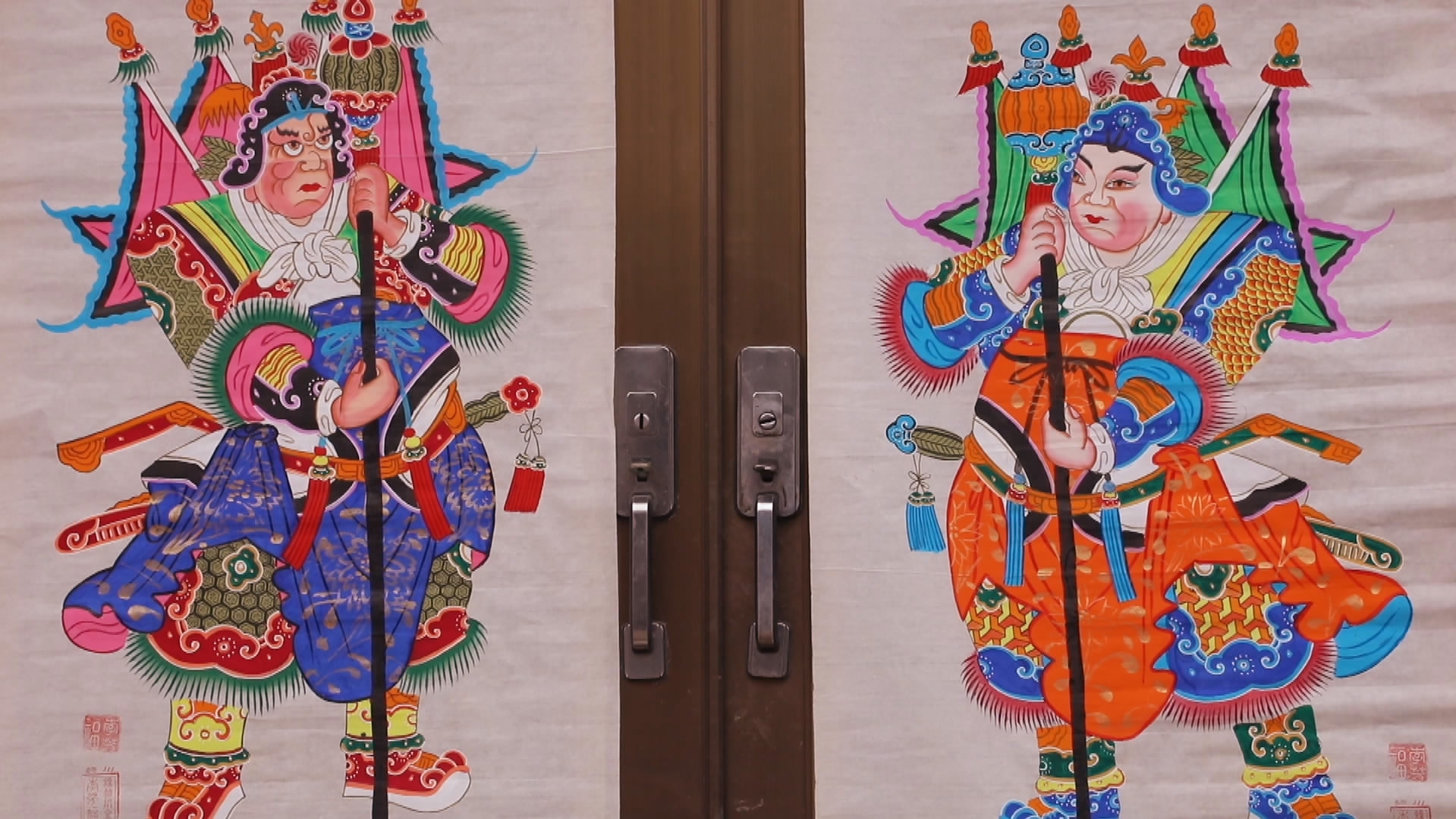
CGTN Photo
CGTN Photo
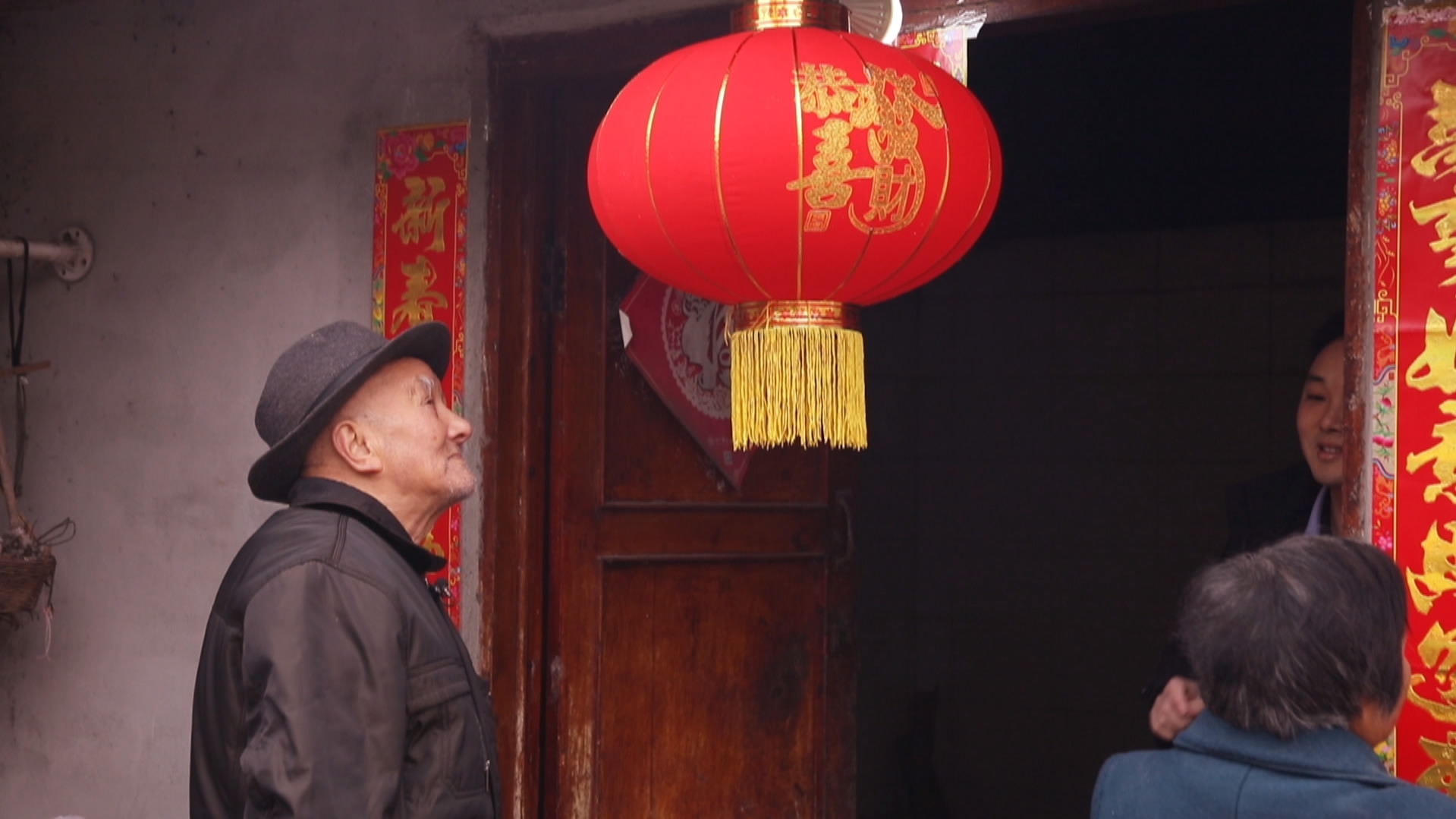
CGTN Photo
CGTN Photo

The story is one in The 1.3 Billion series exploring the diverse lives that make up China.
The story is one in The 1.3 Billion series exploring the diverse lives that make up China.

SITEMAP
Copyright © 2018 CGTN. Beijing ICP prepared NO.16065310-3
Copyright © 2018 CGTN. Beijing ICP prepared NO.16065310-3